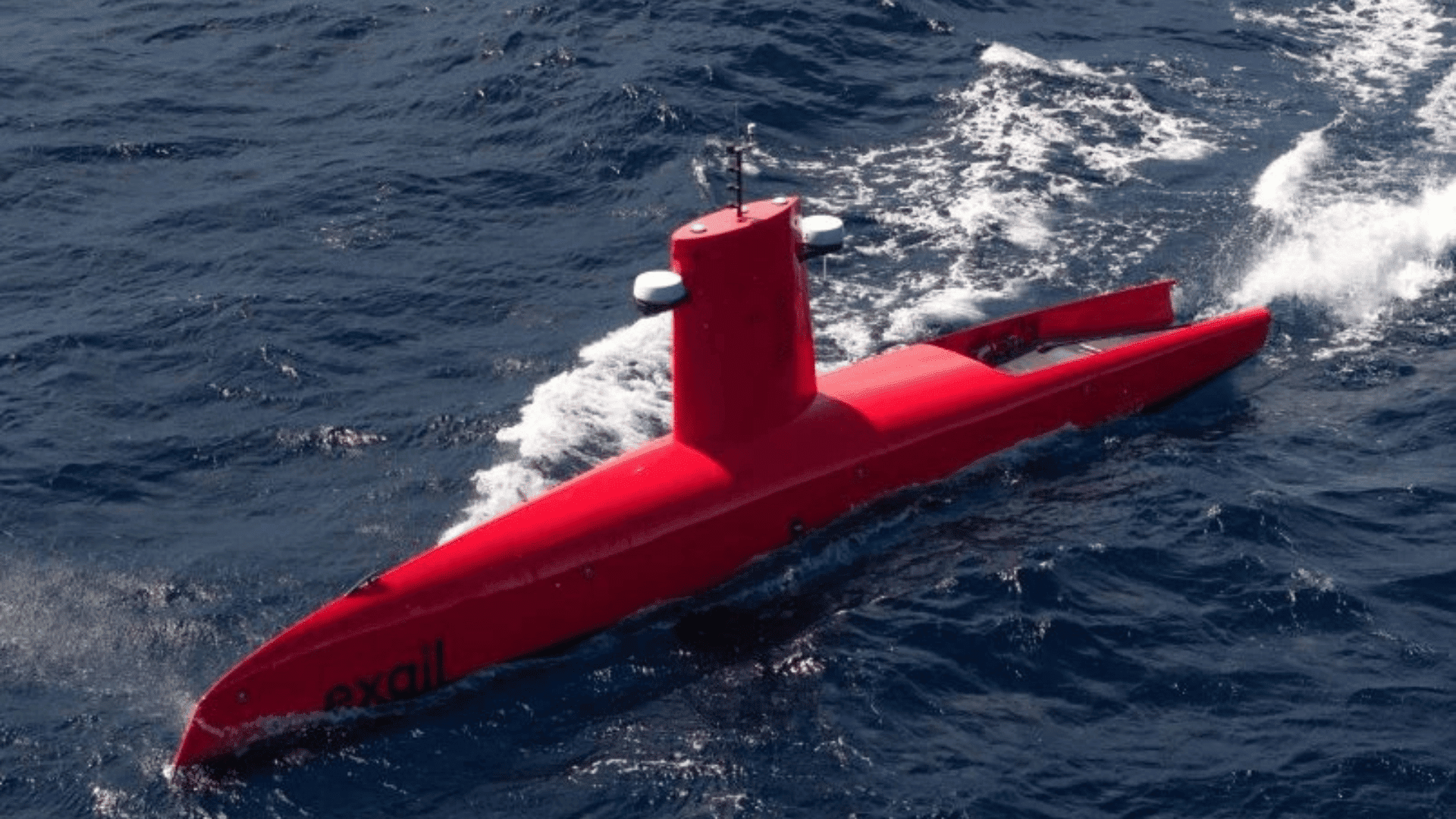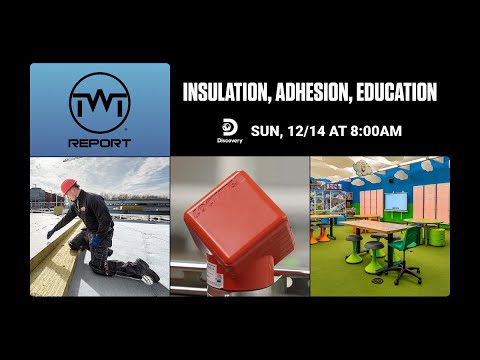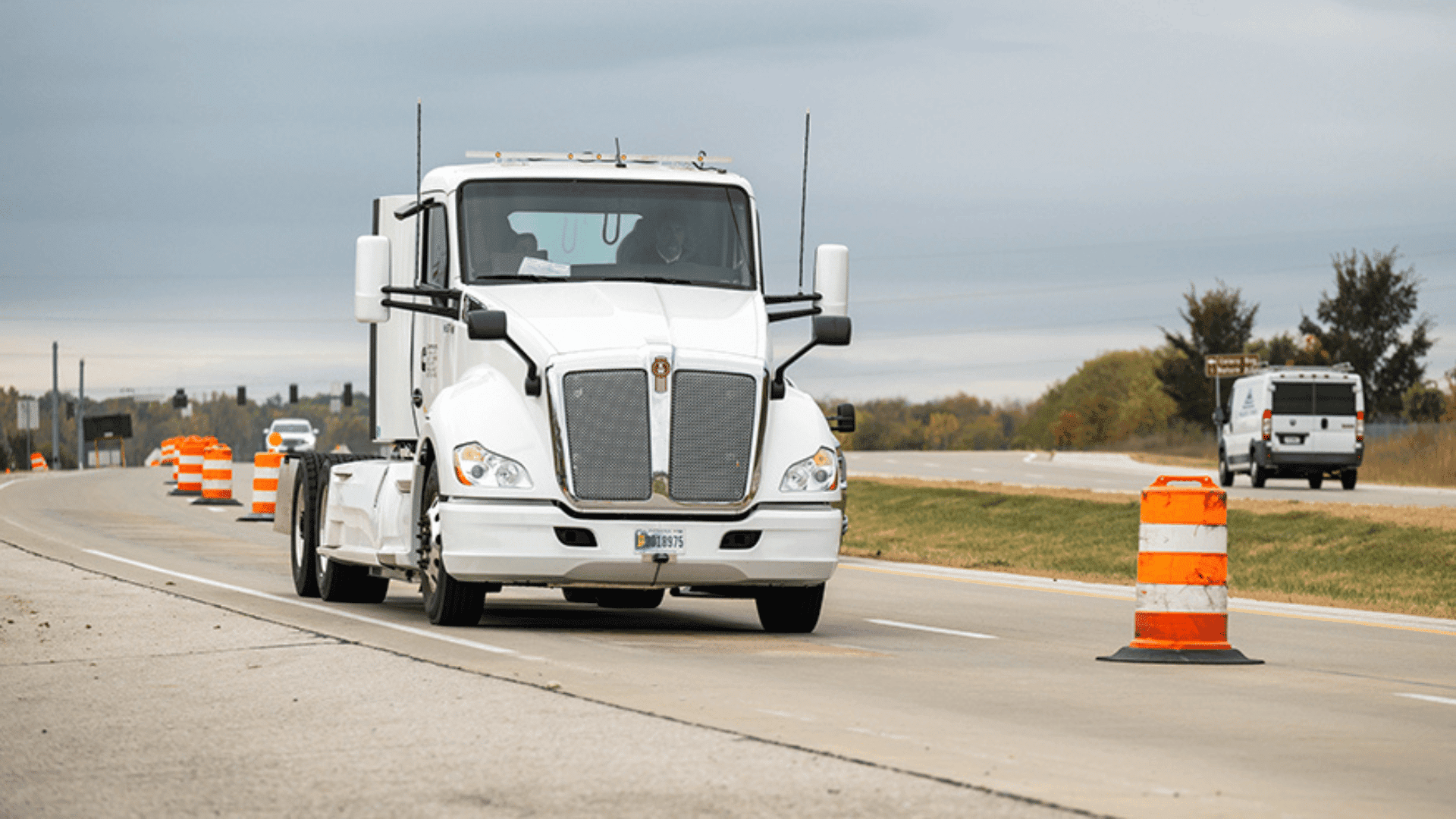Autonomous vehicles are not limited to the road and the sky. A company’s unmanned, autonomous boat took a significant step forward in maritime autonomy. Exail’s DriX O-16 uncrewed surface vehicle (USV) navigated 1,100 nautical miles from France to Portugal.
According to Exail, the autonomous boat completed the journey in six days without requiring port calls. Its destination was NATO’s REPMUS 2025 exercise.
Landmark Autonomous Transoceanic Voyage

The autonomous voyage tested the vessel’s operational maturity. It required the USV to sail past the Balearic Islands and through the Strait of Gibraltar, one of the world’s busiest passages.
While unmanned, the boat is still operated in supervised autonomy from Exail’s remote Operation Center (ROC). However, the mission showcased the vessel’s endurance, decision-making, and situational awareness in heavy traffic.
Additionally, the engineers and scientists believe the long-range deployment confirms the robustness, safety, and operational readiness of the company’s surface drone technology. It also proved that large USVs can be remotely supervised across the open sea without heavy logistical support.
“With this unprecedented long-range transit, Exail’s DriX O-16 shows that large USVs are now an operational reality,” said Sébastien Grall, Head of Maritime Autonomy Solutions at Exail. “As the first uncrewed platform to successfully execute such a mission, it sets a new benchmark in surface autonomy—safe, reliable, and mission-ready.”
The DriX O-16 also conducted seabed mapping operations during the transit, demonstrating its capacity to deliver data during its journey.
Powering The Vessel’s Autonomy
Exail’s CortiX solution, an open platform with over 100,000 hours at sea, is behind the vessel’s autonomy.
An advanced Obstacle Avoidance System (OAS) ensures safe navigation in complex environments. Researchers say this is the first solution on the market that combines surface and underwater obstacle management. Moreover, the system utilizes advanced sensors, including video and IR cameras, LiDAR, and radar, topped off with software algorithms.
The vessel’s success is a significant indicator of the growing role autonomous platforms will play in future naval and commercial maritime operations.







